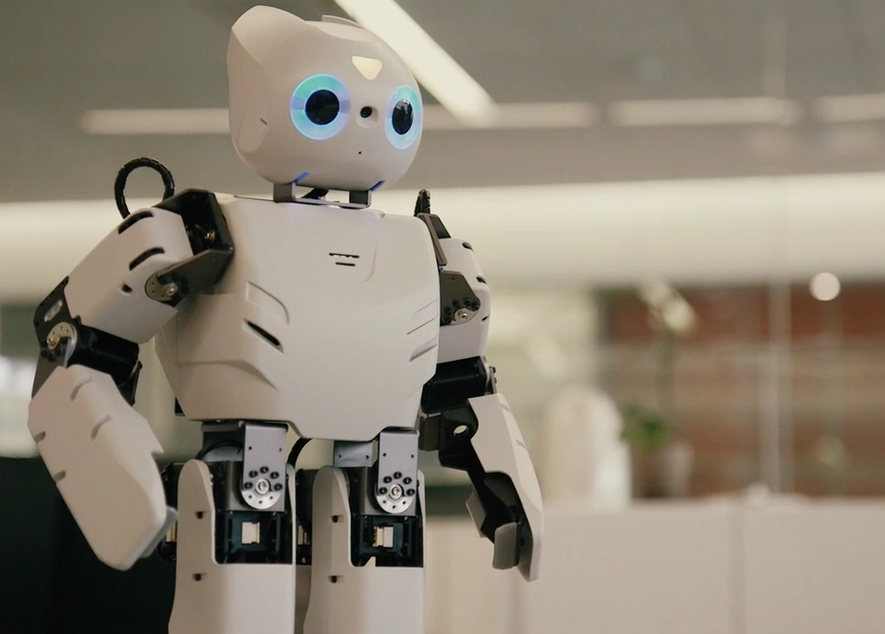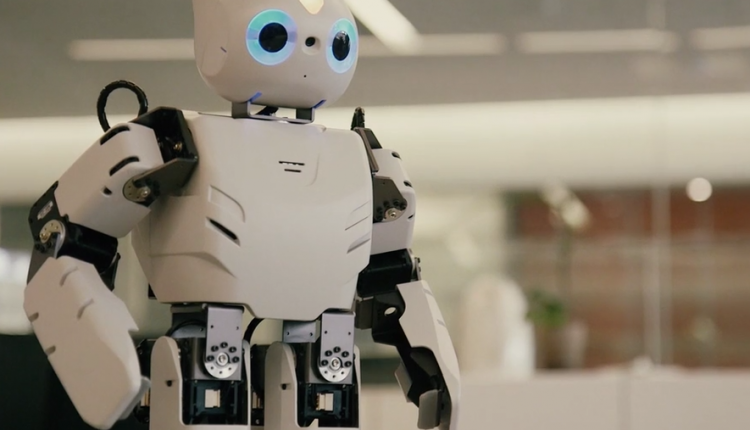April is autism-awareness month. According to the Autism Society, over 3.5 million Americans live with some form of an autism disorder, a condition that has increased 119% from 2000 to 2010.
Now, an engineer from George Washington University wants to assist children with autism by incorporating robotics into treatment.
Research has shown that children with autism sometimes find it easier to engage with robots than with other humans, since a human’s communication signals can be subtle and difficult to read.

Chung-Hyuk Park, a professor at the George Washington University School of Engineering and Applied Science, thought that maybe a robot could help such children learn how to navigate difficult social situations.
The robot encounters situations that kids with autism may have trouble handling, like loud music, bright lights or strong smells ad then tries to communicate what it needs to be more comfortable. For example, it may ask someone to turn down the music, shut off the lights or move the flowers to the other side of the room.
Dr. Park hopes children with autism will learn by mimicking the robot’s behaviors, in turn, helping them manage the social situation rather than struggle to communicate their problems.
“We know children with autism are really good at engaging with robots,” said Dr. Park. “So we are trying to use robotic systems to engage [them] in social and emotional activities.”
Learn more about Dr. Park’s work in the video below.


Comments are closed, but trackbacks and pingbacks are open.